Whether you’re setting out for a month on the Pacific Crest Trail, setting up basecamp on a snowy glacier, or buffing out the family car camping setup, nothing compares to a well-cooked meal in the outdoors. And camp stoves aren’t just limited to the backcountry—they can be used for backyard BBQs, tailgating, and any other portable cooking situation. But it’s important to have the right stove for the job at hand. Read on, and we’ll help you choose a camping stove that fits both your needs and your cooking style, ensuring that everyone stays fueled and fed for whatever adventures you have planned.
Defining Your Camping Stove Needs
The type of camp stove you’ll need will depend on several things. How many are in your group? Will you be moving camp? What type of fuel is available? Are you grilling fresh food or just eating dehydrated meals? These questions are the first steps in determining which stove you’ll need.


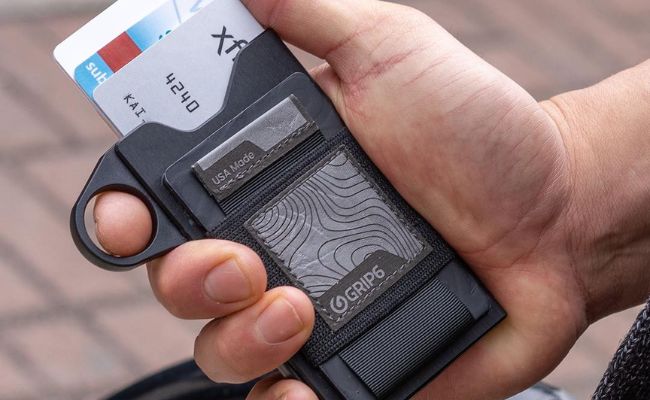
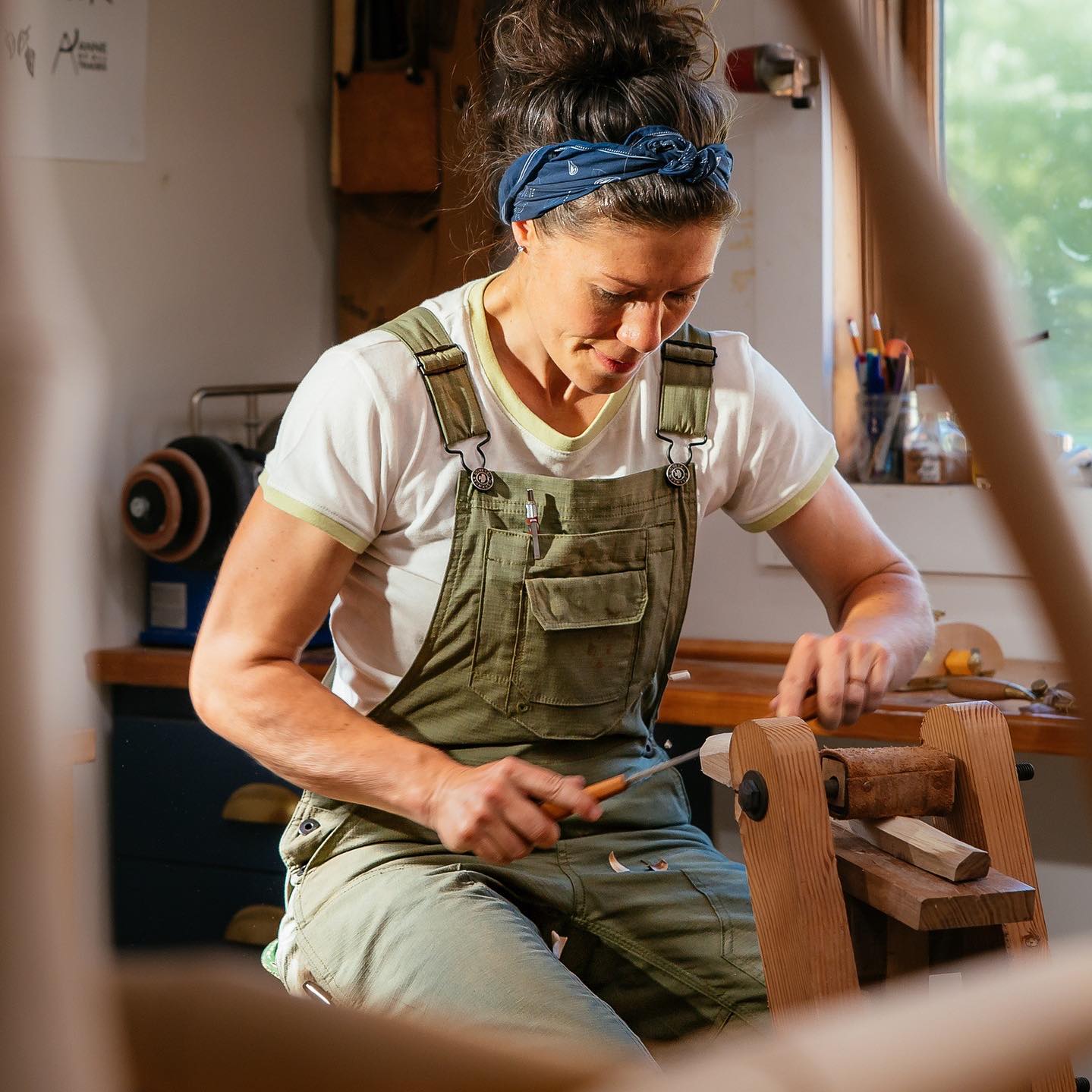
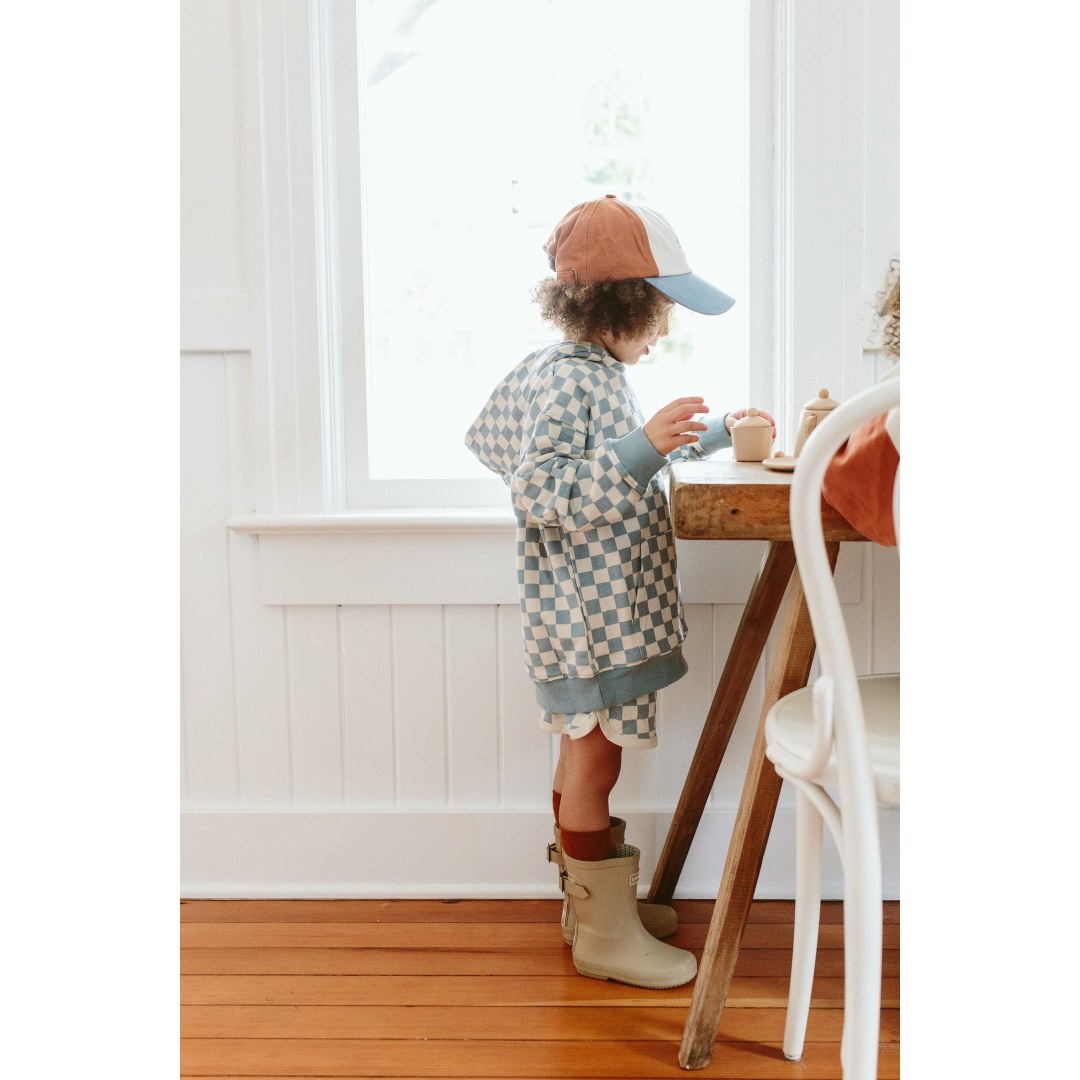
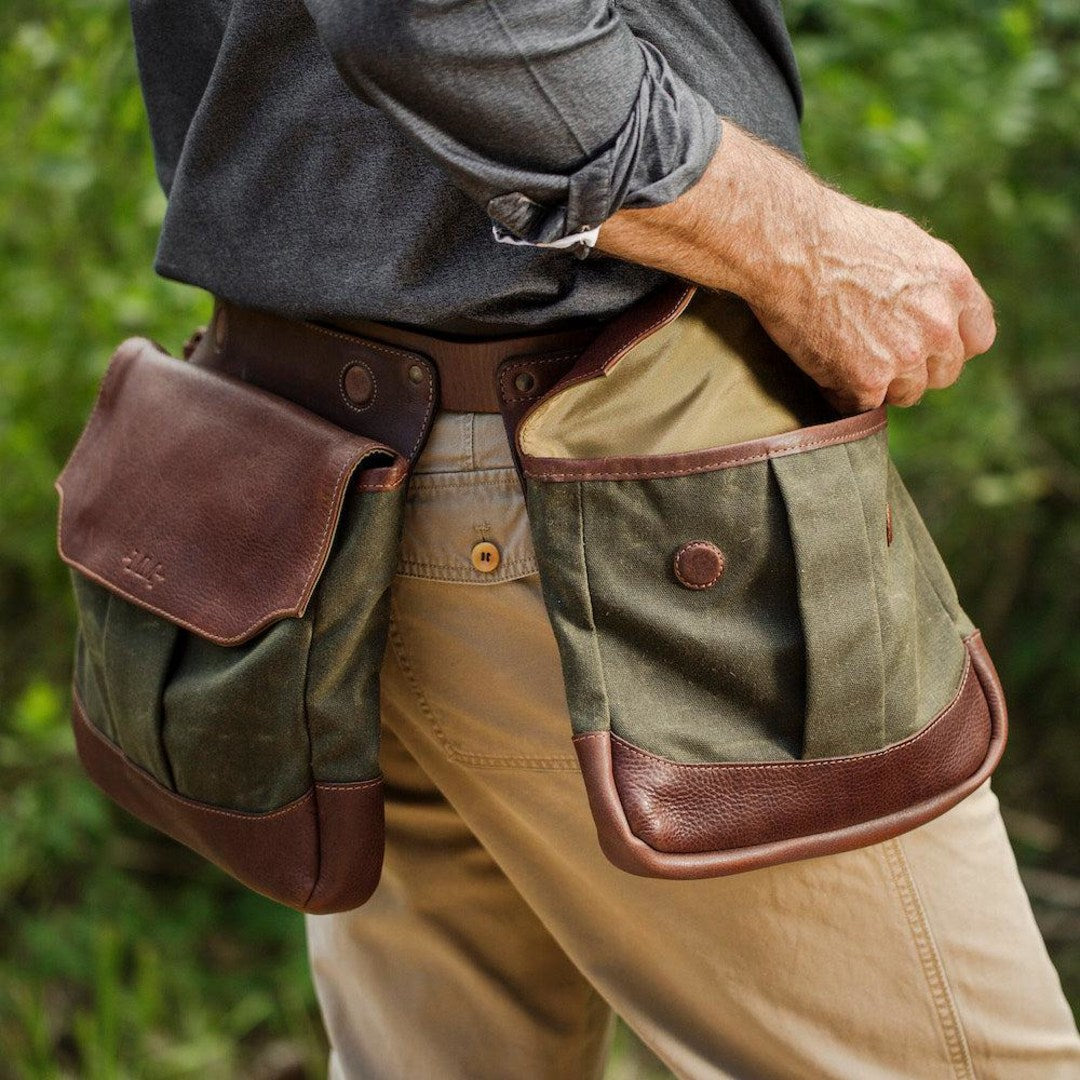
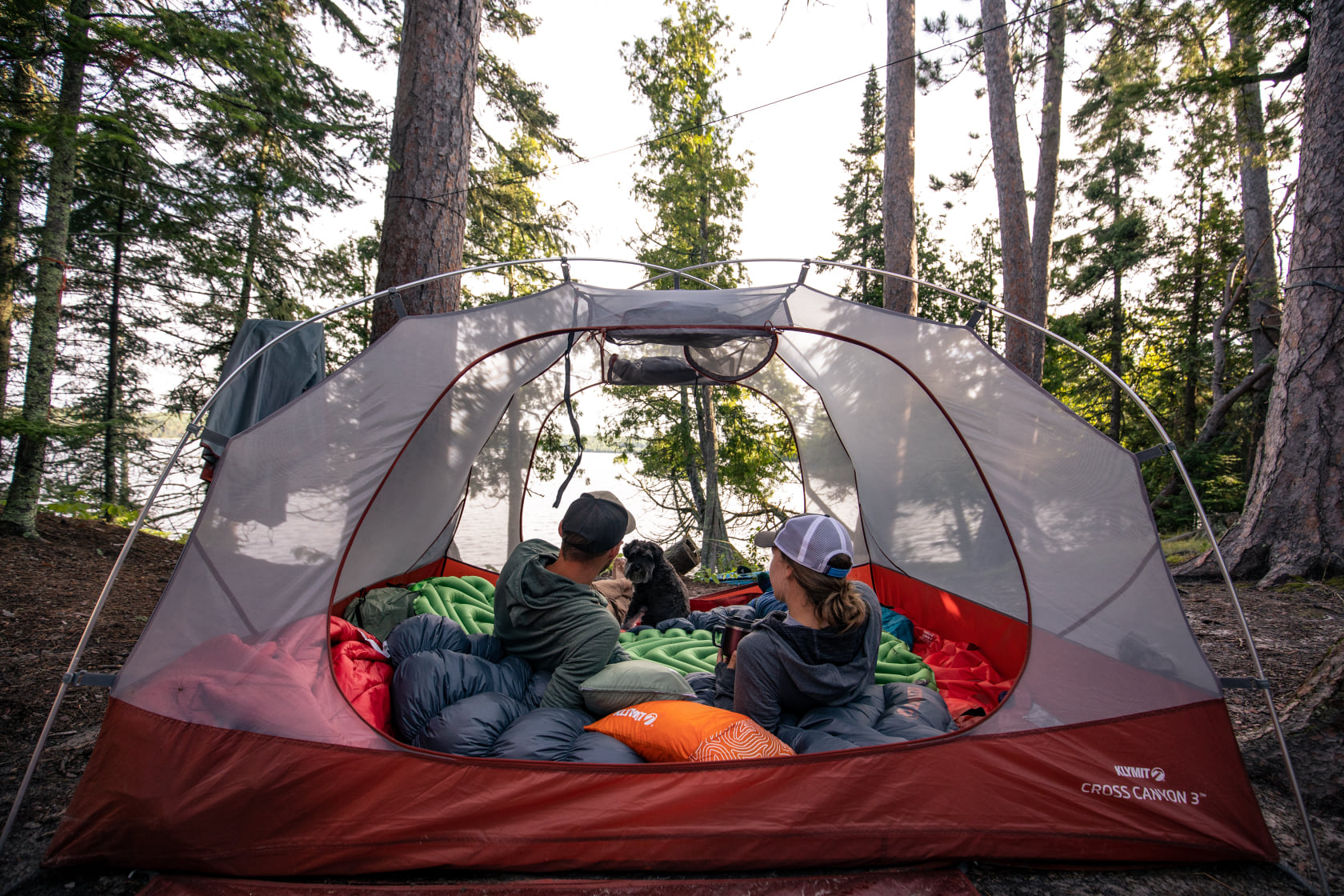

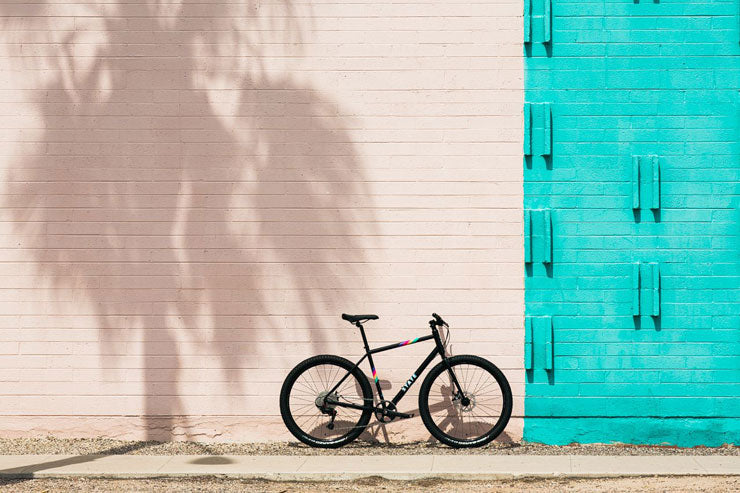


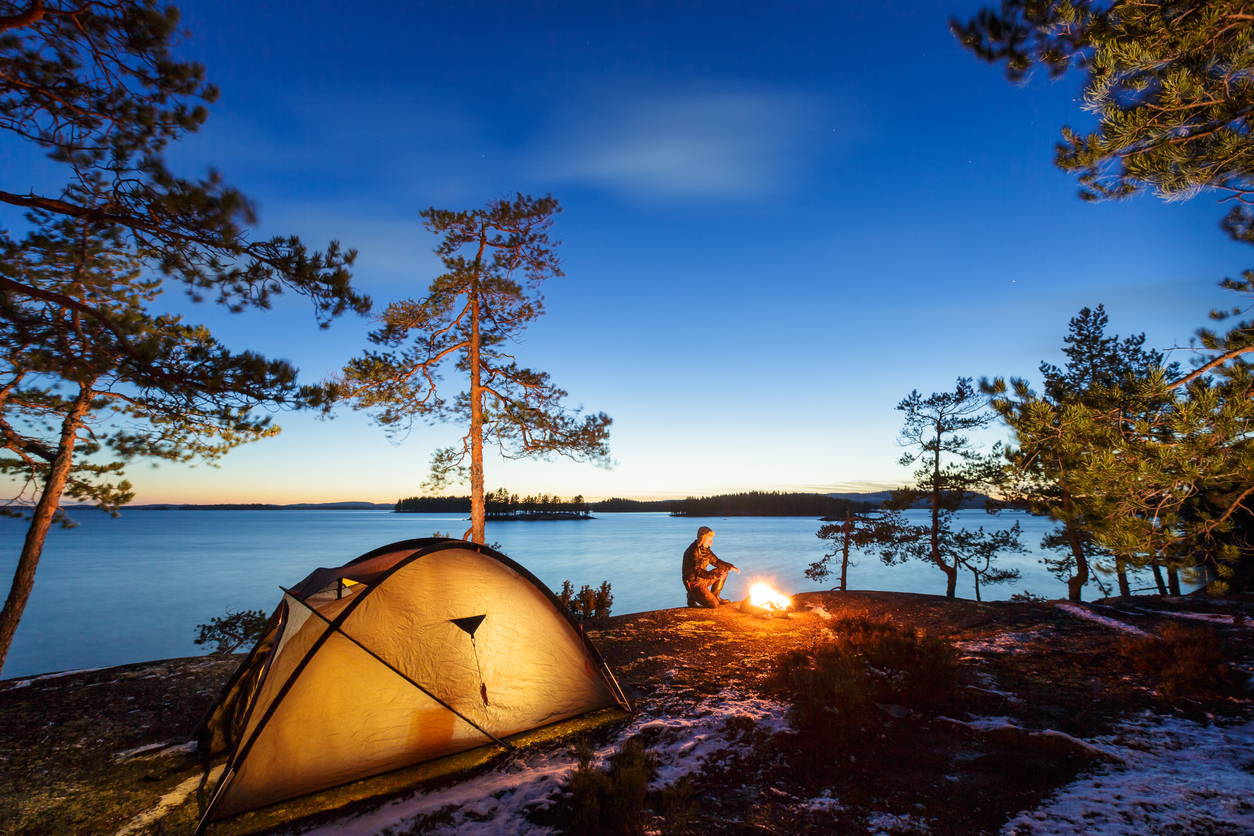




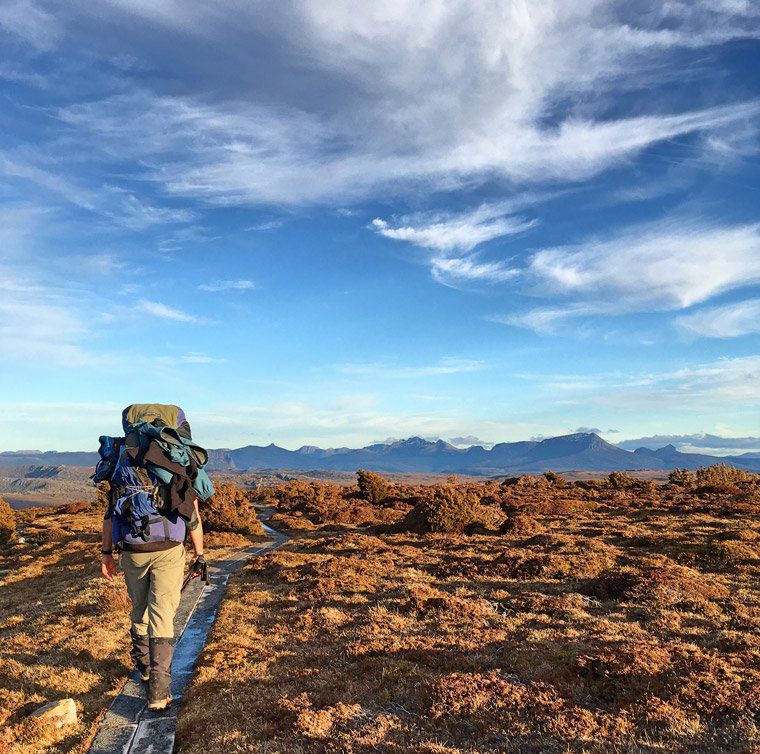
1 comment
Great Tips, and well written article!!
Nora Greggains
Leave a comment
This site is protected by hCaptcha and the hCaptcha Privacy Policy and Terms of Service apply.